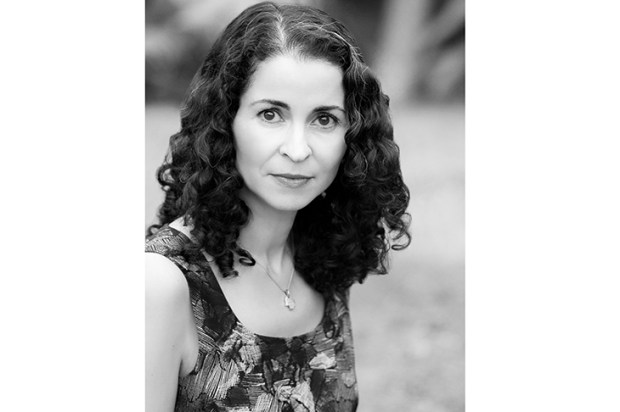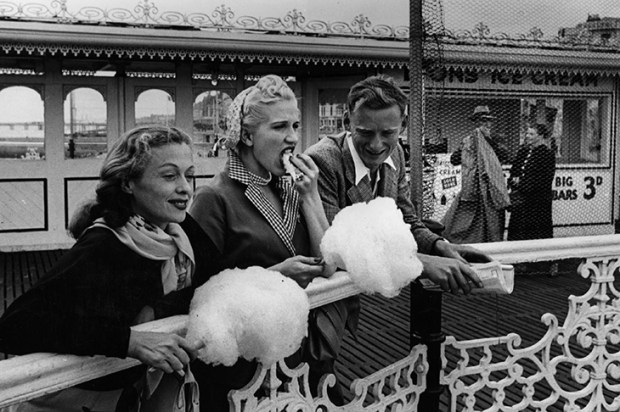Why are people interested in their past? One possible reason is that you can interact with it, recruiting it as an agent of the present and the future. Siri Hustvedt’s novel, masked as a memoir, suggests you should rely not so much on your recollection of particular events as on your ability to interpret them, which can produce something truer than bare facts. ‘Yes, it is a memoir,’ the narrator says, ‘but memory is not fixed… memory and imagination are a single faculty.’ The outcome of Hustvedt’s attempts to commit the past to the page depends on memory acting as her editor.
The book is centred on one year in the heroine’s life, beginning in 1978, when the 23-year-old S.H. travels to New York from her native Minnesota to become a writer. She attends poetry readings and witches’ gatherings; she starves and eavesdrops; above all, she reads. Literature’s fingerprints — ‘a cockroach the size of Gregor Samsa’, doodles inspired by Emily Dickinson and much more — are all over ‘the so-called real world’. Writing in 2017, the author faces her younger self, intercutting her diary entries with earlier memories, present-day reflections and excursions into other people’s lives, adding drawings as another form of digression. The two women, separated by four decades and many books, read and written, take turns narrating, switching from first person to third and back.
The objects of S.H’s writerly attention include her neighbour, who chants behind the wall in different voices. What happened to her children? Why did her abusive husband use to lock things away? Did she want to kill him? The most intriguing character, however, is the Dadaist poet Elsa von Freytag-Loringhoven, who may have created ‘Fountain’, claimed by Marcel Duchamp after her death in 1927. The Case of the Stolen Urinal is investigated with the help of the Introspective Detective, S.H.’s practical alter ego.
Naturally, there are also excerpts from a novel the young S.H. is writing. Its protagonists — a boy fancying himself as Sherlock Holmes (another S.H.) and a girl playing his Watson — are obsessed with reading, their interest in each other stemming from books, just as the heroine’s involvement with other people does. Eventually the project suffocates under the characters’ weight, but the diary continues to breathe energy into the narrative.
S.H. writes ‘to relieve the pressure created by the battle of books in her young body’, and physical desire is palpable everywhere: in lecture rooms, at Semiotext(e) parties, between the pages. The censorship of memory doesn’t alter her erotic fantasies; nor does it diminish the ‘wild, raw, dangerous happiness’ she feels when a parcel arrives containing a brief note and a knife. A violent sexual attack she suffers, by contrast, is replayed time and again until it’s fully processed and consigned to the past. This is ‘writing as mourning, writing as illness, writing as exorcism, writing as revenge’.
It’s not the events of the past themselves but your understanding of them that shapes you, the book reiterates. To write the past into the present and the future is to take a relative measure of yourself so as to keep abreast of your life. You need to verbalise things that happened to you, to get your bearings in the landscape of memory before you can repeat after S.H: ‘What was is and what is was.’
Got something to add? Join the discussion and comment below.
Get 10 issues for just $10
Subscribe to The Spectator Australia today for the next 10 magazine issues, plus full online access, for just $10.
You might disagree with half of it, but you’ll enjoy reading all of it. Try your first month for free, then just $2 a week for the remainder of your first year.














Comments
Don't miss out
Join the conversation with other Spectator Australia readers. Subscribe to leave a comment.
SUBSCRIBEAlready a subscriber? Log in